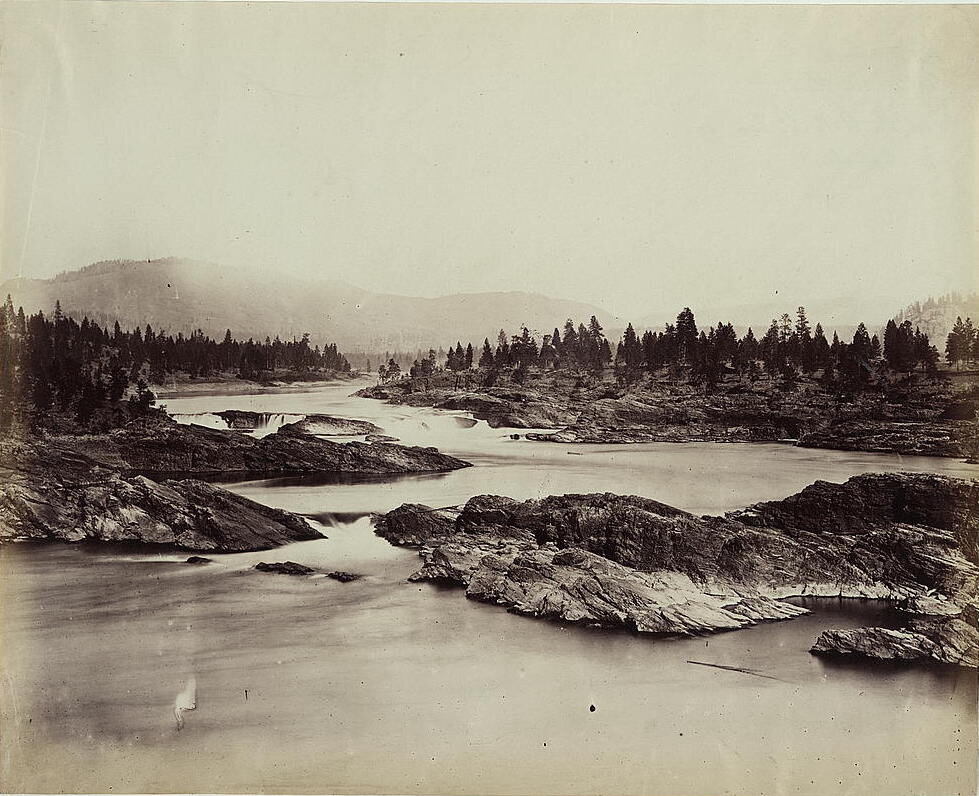
Three Chamber Still
Overview | Our Three Chamber Still | Other Stills | Illustrations | Research
What is a Three Chamber Still?
The three chamber still is a curious type of still that emerged in the mid-1800s and then seems to have vanished not too long after Prohibition. Spirits historian David Wondrich describes it as “a sort of bolt-action rifle to the pot still’s muzzle loader and the column still’s machine gun.” It was extremely popular for the production of rye whiskey. According to a 1933 article, distillers preferred the three chamber still because it produced “a better grade of heavy bodied and highly flavored whiskey.”
Our Three Chamber Still
The Design
Ved Elven’s three chamber still was designed by Devin Mills, PE of Boozewerks Consulting. We worked with Devin for nearly two years to pull together as many historical illustrations as we could find (see below) as well as little snippets of information about how the stills operated from a variety of late 19th and early 20th centuries publications—from IRS documents to a treatise on the manufacturing of preserves, pickles, and canned foods.
The Build
We knew that when it came to building a three chamber still, because of its integral role in the history of American distilling, that it needed to be built by an American metal fabricator. We chose Zachariah Arias of Pot and Column Ltd. in Broomfield, CO. He is a magician working with metal and we know that we aren’t alone in being thrilled to distill on one of his creations.
The Plan
The decision on sizing equipment when starting a distillery fuels perennial debate within the craft spirits industry. While our plans have evolved significantly during our years of research and planning, we settled on launching with a smaller three chamber still. In fact, each chamber only has a 50 gallon capacity. This means that, in a single day of distilling, we can fill one 30 gallon barrel. We chose this path because, at the end of the day, the operation of this still remains highly experimental. With this size, we are better situated to really test its possibilities, while allowing us to fine tune our use of it. But don’t worry, we’ve already got plans for expansion in the works.
Other Three Chamber Stills in Operation
If you’re aware of any others, let us know!
Historical Illustrations
These are all of the known illustrations of three chamber stills that we have collected. Notice that none of them are actual construction drawings.
If you come across other illustrations or photographs, let us know because we’d love to expand the collection.
Wine and Spirit Bulletin (1905)
Vulcan Three Chamber Still in Norton, Modern Yeasting and Distillation (1911)
IRS Bulletin Relative to Production of Distilled Spirits (1912)
Shinkle (1912)
Reich (1933)
Hirsch (1934)
Willkie and Prochaska (1943)
An Introduction to the ATF (1984)
Three Chamber Still Research Library
a work in progress…
This bibliography is intended to make all of the available information about three chamber stills (TCS) easily accessible for everyone. We also intend to post white papers in order to share our findings as we experiment with our three chamber still. If you happen to know of other sources that aren’t currently listed, please let us know and we’ll add them.
Historical Sources
C. A. Crampton and L. M. Tolman, “A Study Of The Changes Taking Place In Whiskey Stored In Wood,” Journal of the American Chemical Society 30 (1908), 97-136 (study of 31 whiskeys distilled in 1898 and aged until 1906; 14 rye whiskeys, of which 6 were distilled on a ‘three chambered still,’ 6 on ‘wooden stills’ [which may be three chambers] and 2 are ‘copper still’ [probably pot stills]; also 1 bourbon and 1 corn whiskey were also distilled on three chamber stills).
A. B. Adams, “The Distillation of Whiskey,” Journal of Industrial & Engineering Chemistry 2:2 (1910), 34-42 (a detailed study of a three chamber still at a PA distillery conducted by a chemist commissioned by the IRS; also found in Pure Products publication).
C. A. Shinkle, American Commercial Methods of Manufacturing Preserves, Pickles, Canned Foods, Etc. (1912), 54-55 (process of starting up one).
IRS Bulletin Relative to the Production of Distilled Spirits (1912), 19-20 (description), fig 4 (illustration).
Gustave T. Reich, “Distilling Beverages from Grain,” Chemical and Metallurgical Engineering 40:12 (1933), 618-24, esp. 623.
Lloyd C. Cooley, "World’s Largest Distillery Nears Completion” in Process Industries Data Book with 100 Flow Sheets (McGraw-Hill, 1936), 64-67, esp. 67.
An Introduction to the Bureau of Alcohol, Tobacco and Firearms and Regulated Industries (1984), esp. 16 (description), 67 (illustration).
Modern Sources
Is It On The Test?—The Three Chambered Still (Feb 10, 2019).
The Three Chambered Still, Tail Waters, and Rum Oil (Feb 6, 2019).
David Wondrich, “Rye: A History,” Whisky Advocate (Summer 2014), 59-65, esp. 62-63.







